Service & Repairs
How we can help
Service and repair of all pumping equipment















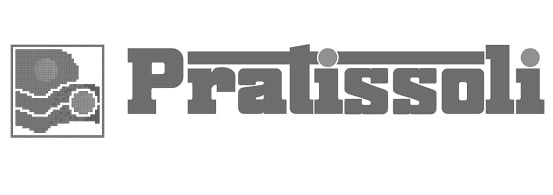

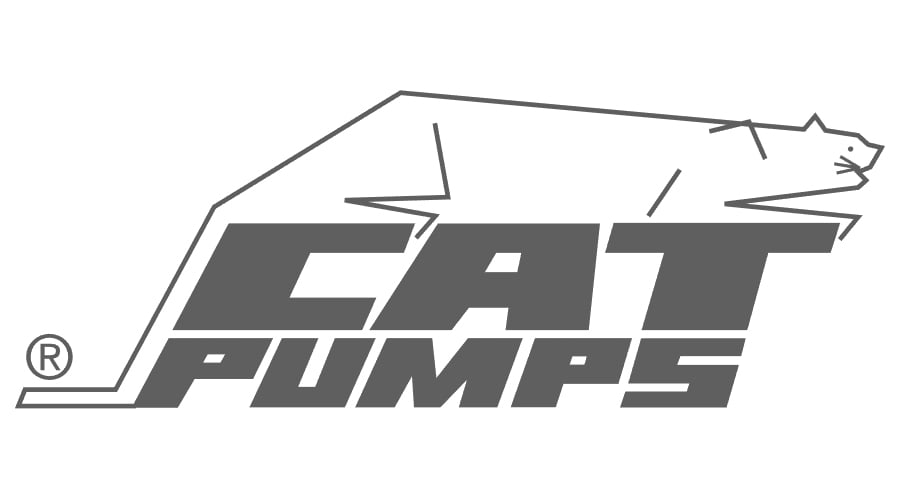

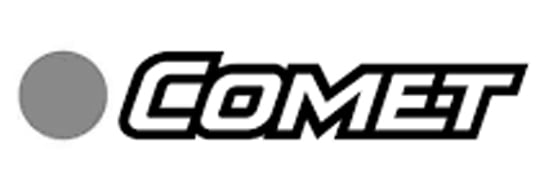










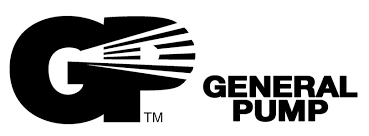












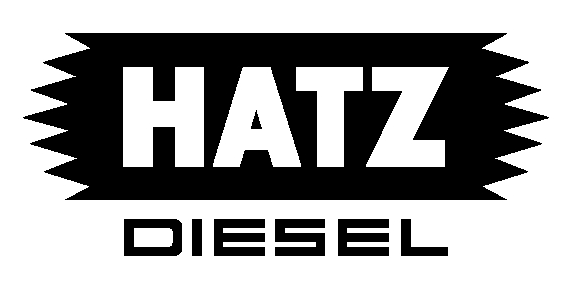

















Get in touch


Benefits of Servicing
Preventative maintenance such as servicing will help prolong the operational reliability, increase life expectancy of your equipment as well as help avoid potential expensive fixes due to negligence.


Breakdowns
We understand that unplanned downtime can be a significant issue for some of our customers.So, our staff strive to juggle their workload in an attempt to minimize the impact of unplanned downtime for our customers.Where possible, we will offer replacements for hire.


Purpose Built Factory
Our fully equipped, purpose built workshop boasts an extensive range of tools and equipment so we can undertake all necessary engineering, servicing and repairs for our customers.
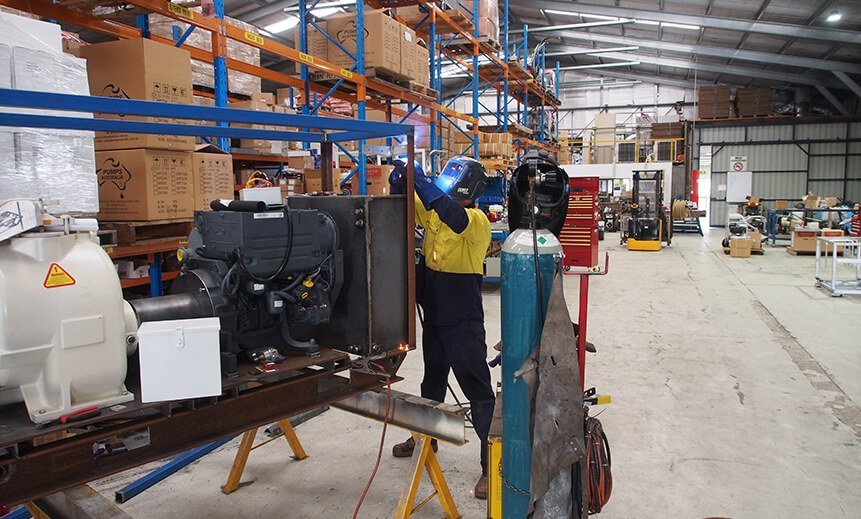

Repair or Replace?
Although our facilities and trades staff are second to none when it comes to the repair of pumping equipment and systems however, where economically viable, Pumps Australia will recommend replacement of your equipment. The recommendation to replace will usually be given when we consider that your old equipment has reached its viable operational life.
Our recommendations generally consider the age of the equipment, cost to repair, importance of reliability, safety and efficiency of the equipment. Obviously, as you continue to repair, the equipment will give you less and less for your investment. Therefore, the greater the likely hood our recommendation being to replace rather than repair.
Frequently Asked Questions
What Causes Water Pressure?
Water pressure is caused by resistance to flow. If a force tries to move water and there is resistance to that movement, then the water becomes pressurized. Consider a standard garden hose; when the end of the hose is unrestricted, water flows out of the hose in large quantities, but without much force. If you press your thumb over the opening, however, the stream of water that shoots out from around your thumb will be much more forceful and will travel further, but there will also be less water per second leaving the hose.
Why Do Pressure Cleaners Fail?
Through our extensive experience we have found that there are generally 6 basic reasons why pressure cleaners fail, these are;
- Selection – rather than buying a product for the job it will need to do, people sometimes buy on price. This results in the unit being too small which can end up in an “overworked unit”, which fails or underperforms. WARNING – BE AWARE OF MISLEADING ADVERTISING. Buyers need to be aware about misleading advertising stating the Effective Working Pressure (EWP) is increased by a unit when using a turbo nozzle. This statement is incorrect, the turbo nozzle does not increase pressure rather the spinning water jets of the nozzle hit the surface area from multiple angles, quickly breaking down caked-on dirt and grime. As a result, turbo nozzles can cut cleaning time in half, they are a great product to have.
- Dirty Water – no filters or poor filtration, algae and grit bore water can all result in damage to your pressure cleaner. A perfect water supply to your pressure cleaner should be filtered to 5 microns but not more than 50 microns.
- Lack of Water – this can cause cavitation which creates small exploding air bubbles inside the pump which causes damage to water seals, valves and pistons. Additionally, poor condition of inlet hoses, pipework and fittings can seep air into the water inlet causing cavitation and accelerated wear.
- Unit Left Running – leaving your pressure cleaner running without water flowing through it will cause the water inside the pump to heat up (exceeding boiling point), this can cause damage to water seals and valves as well as causing thermal cracking to pistons. Our Smart Drive units can help to overcome this problem, contact us for further details.
- Lack of Maintenance – like all machinery, pressure cleaners require maintenance. This includes regularly changing oil filters, air filters, spark plugs, only using clean fuel and fix leaks on fittings and hoses.
- Operator Error – if not trained correctly in the use of the pressure cleaner, the operator can inadvertently cause the unit to fail or, injure themselves or others. If in doubt, ask your supervisor.
Should Pressure Cleaners Have More Pressure or Flow ?
Basically, pressure does the cutting, flow does the work. Once you have enough pressure to do the job, flow is all about speed to complete the job. So, the more muck and grime you have to clean, the more flow you will need to do the job quickly.
Which Nozzle Should I Choose for My Pressure Cleaner?
There is a huge range of different nozzles available. The most common is Fig15a which is a 15 degree nozzle with an orifice suited to your specific machines flow and pressure.
For more aggressive cleaning, we recommend a Turbo Nozzle. The spinning water jet of the nozzle hits the surface of the cleaning area from multiple angles (giving an impact area the size of a dinner plate), quickly breaking down caked-on dirt and grime. As a result, Turbo nozzles can cut cleaning time in half.
How Do I Choose Which Pressure Cleaner to Buy?
To determine what unit will work best for you, you must first consider what you will be cleaning and how often you will be using the unit.
Cold water pressure cleaners work by blasting away dirt and grime with pressurized water. As a rule of thumb, the higher the flow (or, litres per minute) of the unit, the faster it will finish the job.
Using high pressure cold water to remove oil and grease (even with detergent) may not yield the best results, substances such as these will generally harden on contact with cold water.
In these instances, a hot water pressure cleaner would be the best solution as it will be able to cut through viscous substances and ensure the removal of build-ups such as heavy grease, chewing gum and caked on mud, particularly when used in conjunction with cleaning detergents and turbo nozzles.
If you are unsure what unit will work best for you, the expert staff at Pumps Australia will happily discuss your cleaning requirements and recommend an appropriate unit to meet your specific needs including such industries as light industry, mining, oil & gas as well as transport.
What Does LPM and BAR Mean?
The LPM (litres per minute) is the flow rate of water in litres per minute that your pump or pressure cleaner produces.
Bar is a unit of pressure defined as 100 kilopascals (KPA). It is about equal to the atmospheric pressure on Earth at sea level, one Bar is equal to 14.5038 psi.
So, when we talk about Bar in regard to centrifugal pumps or pressure cleaners, it is the energy with which the water will be released by the pump or, hit the surface you are cleaning.
Basically, the higher the two numbers on your pump or pressure cleaner rating the more powerful the system you have.
In regard to pressure cleaners, higher flow tends to wash away dirt, higher pressure tends to cut through tough dirt, so it all depends on the task at hand. For instance, for car cleaning 130 Bar at 10 LPM is sufficient. If it’s driveway cleaning then 150-200 Bar at 14-15 LPM would suit. If it’s professional or industrial pressure washing work then anything up to 276 Bar which will be around 4,000 psi at 15LPM, our PX 15-280 Honda GX390 would be perfect for the job.
What is a Class A & Class B Pressure Cleaner?
Basically, this is an Australian standard for pressure cleaners.
Class A is under 5,800 Bar x Ltrs
Class B is over 5,800 Bar x Ltrs
Class A units can be run by 1 operator.
Whereas, Class B units are required to have 2 operators at all times, be hose pressure tested and certified, have a safety foot pedal installed as well as have wire restraints on all high pressure connections.
Get in touch today
Sign up to our newsletter
"*" indicates required fields
Copyright © 2023 Pumps Australia Pty Ltd. All rights reserved. Sitemap.
Web Design by Cloud Cartel
